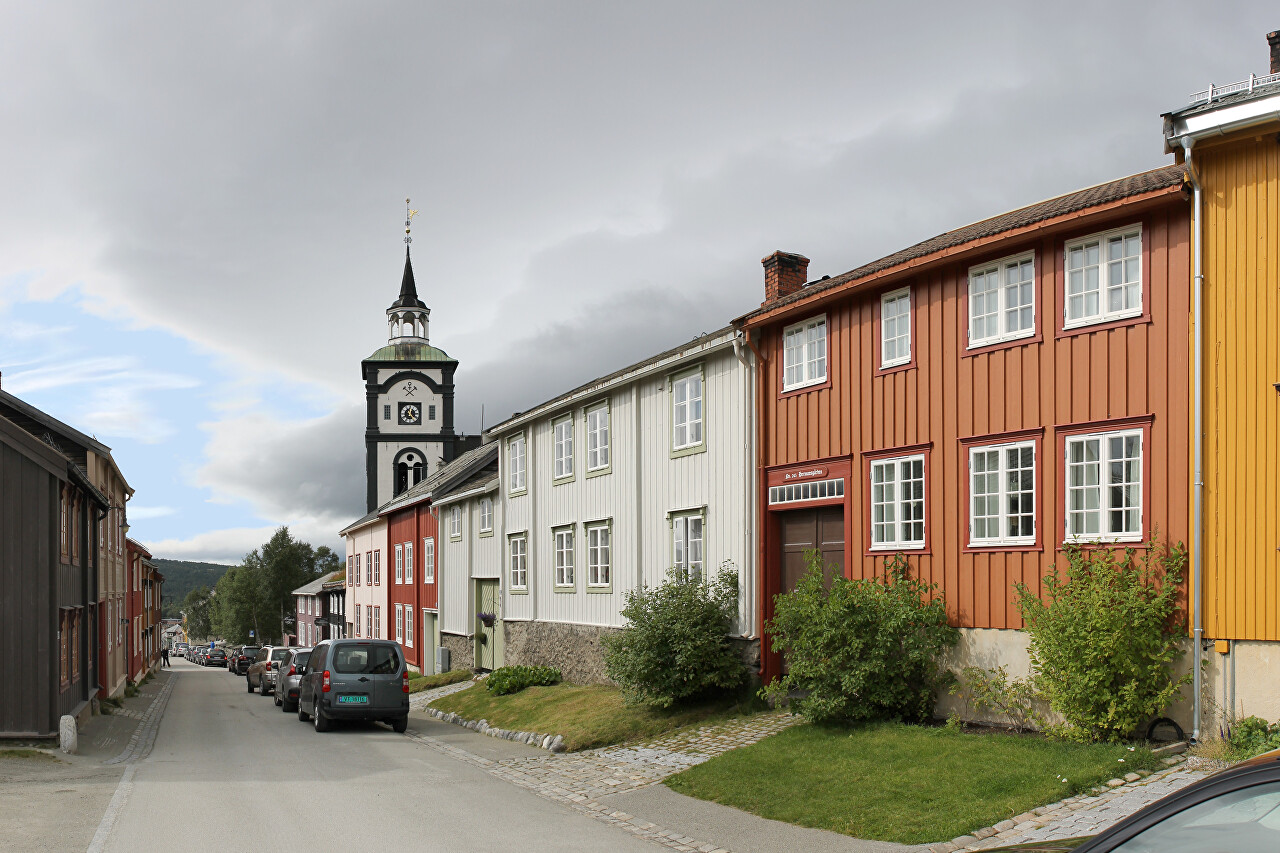Røros, a Mining Town of the 17th Century. History
The first stop of the day is in the ancient mining town of Røros. The city is located on a gentle plateau at an altitude of about 630 meters above sea level, covered with forests, mostly deciduous. The area is rich in meadows, where the southern Sami have long grazed deer.
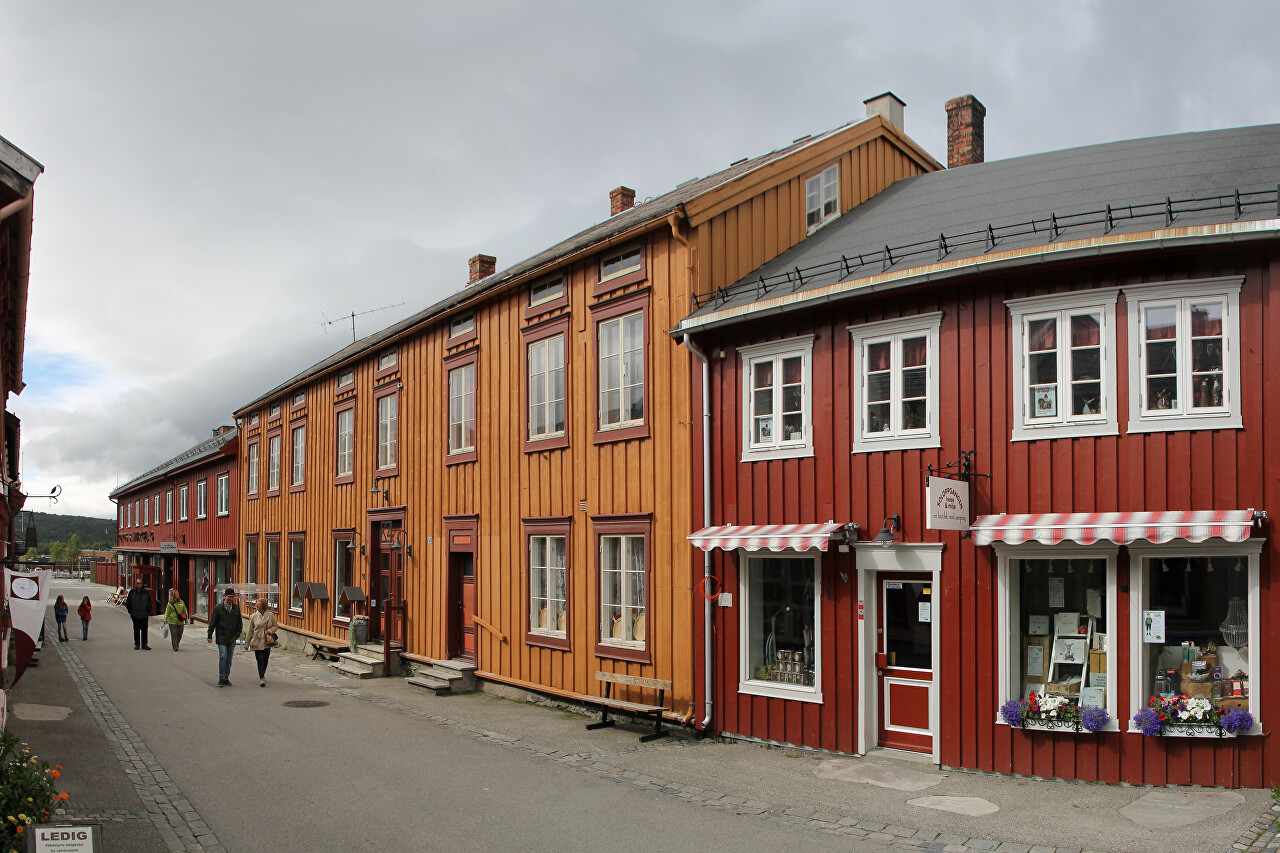
In the 16th century, peasant farms appeared here, around 1530, a farm was founded at the confluence of the Rea River with the Glomma River, which received the name Røraas, from Røra - the name of the river and as - the mouth.
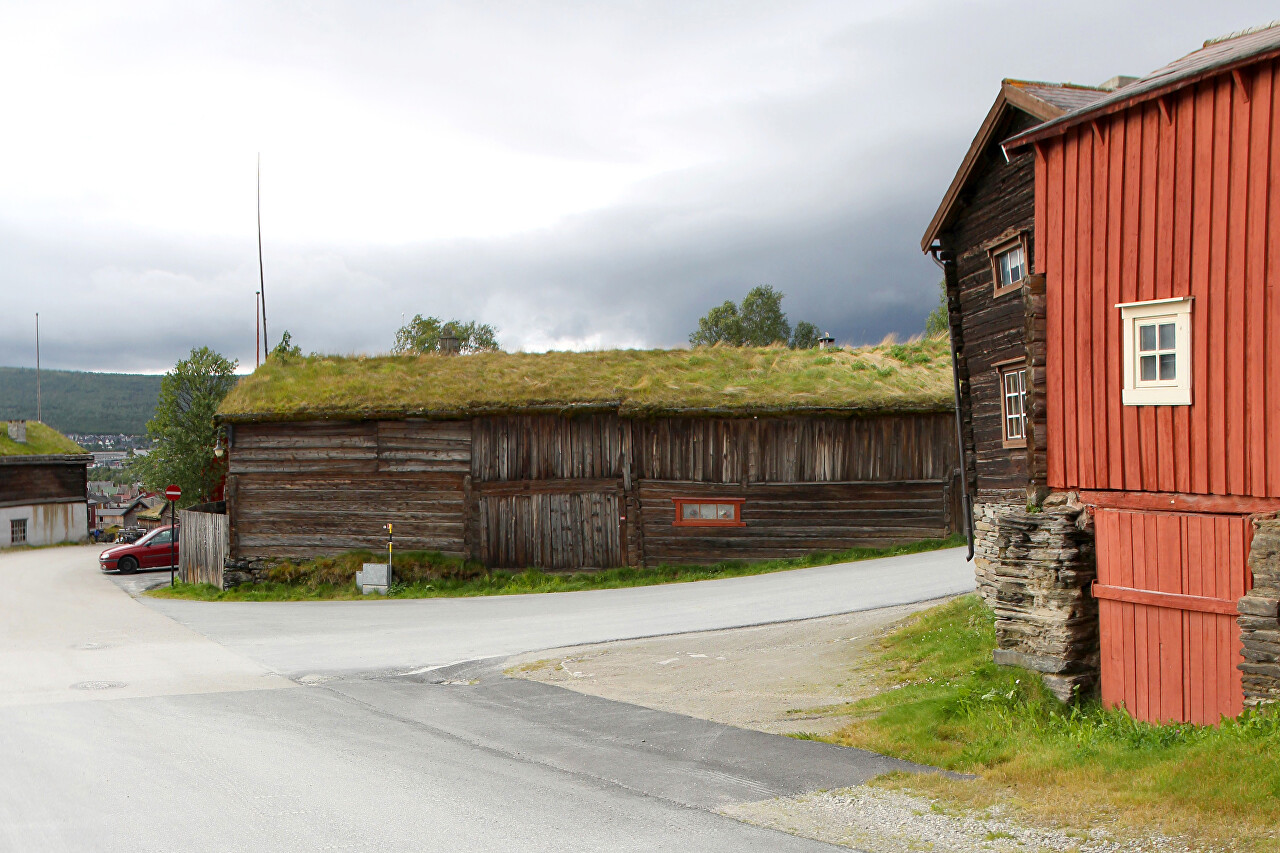
At the beginning of the 17th century, copper ore deposits were discovered here, called the Storwartz deposit, in 1644 permission was obtained for their development and a year later commercial operation of the mine began.
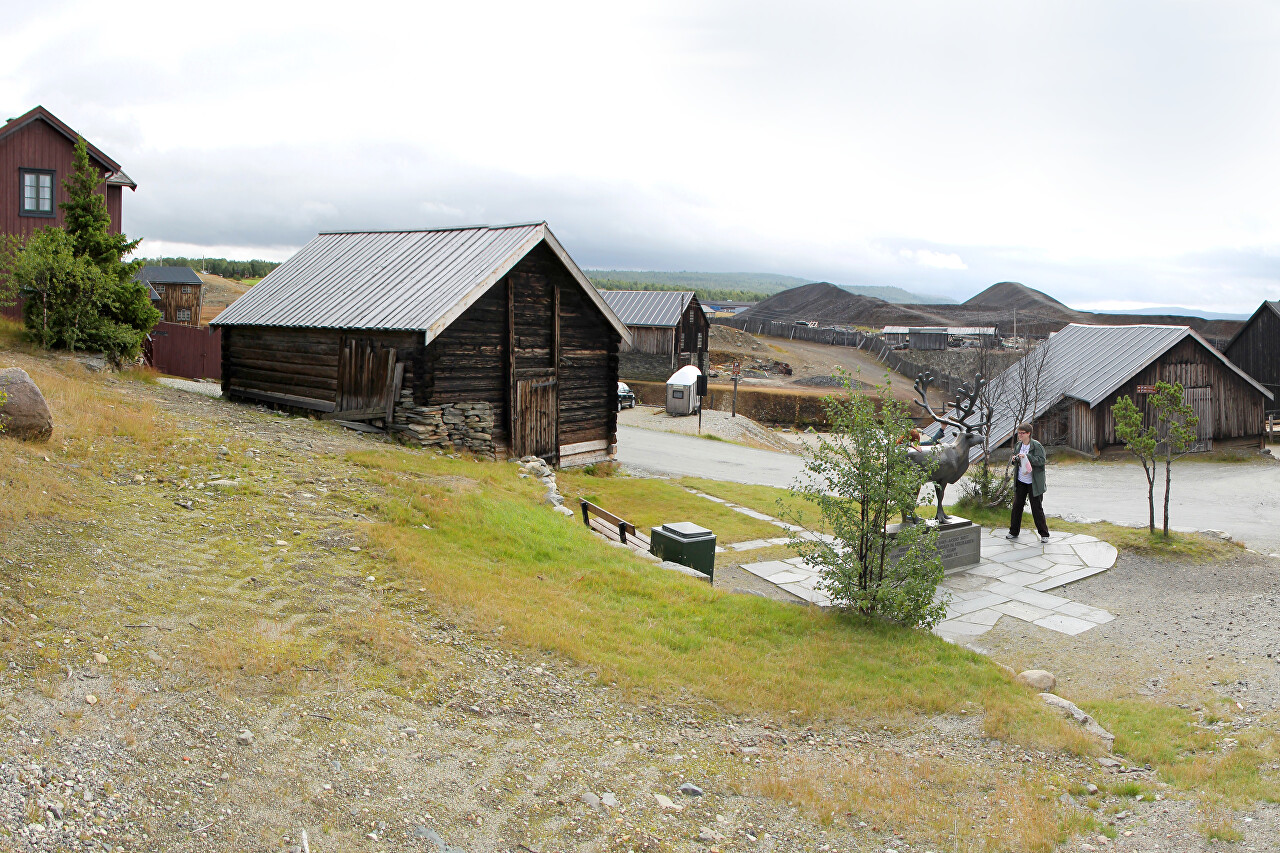
In 1656, the first smelting furnace was launched and Røros soon became the largest non-ferrous metallurgy center in Europe.
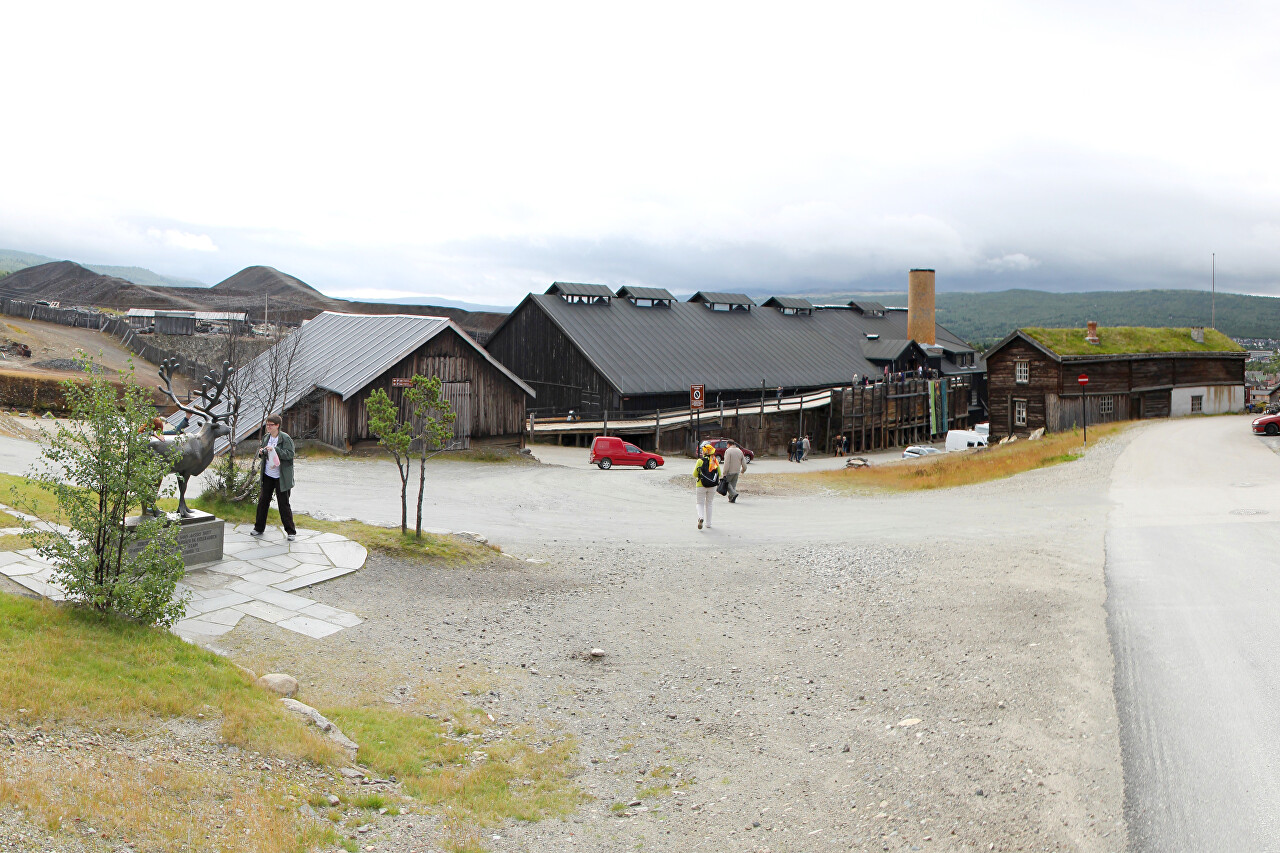
In the 17th and 18th centuries, the export of copper smelted in Røros was one of the main sources of income for the Danish-Norwegian Kingdom. This is why the city is sometimes called Bergstaden, "mountain town".
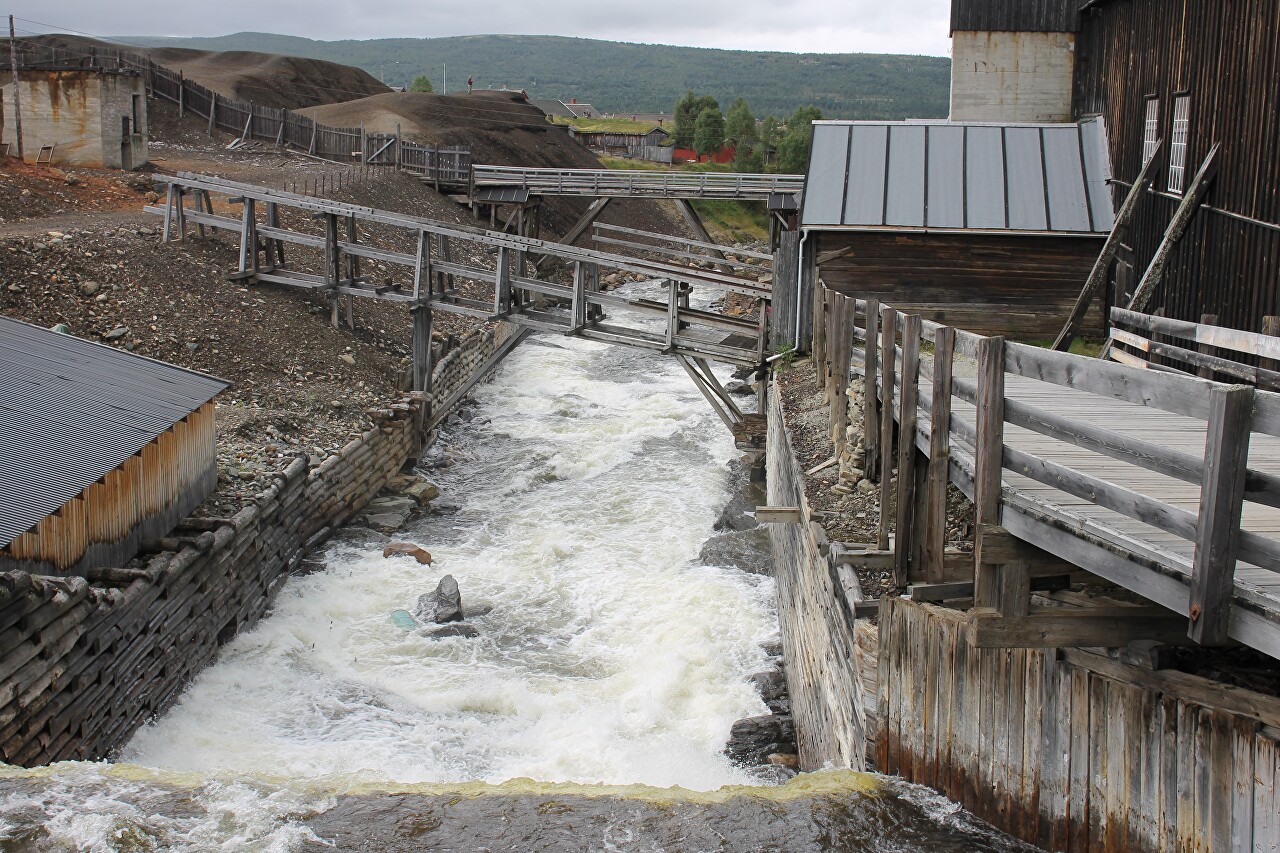
The copper smelter operated until 1972, and ore mining continued for another 20 years. Now in the building of the smelting factory there is a museum of mining and metallurgy, and one of the mines can be visited with an excursion.
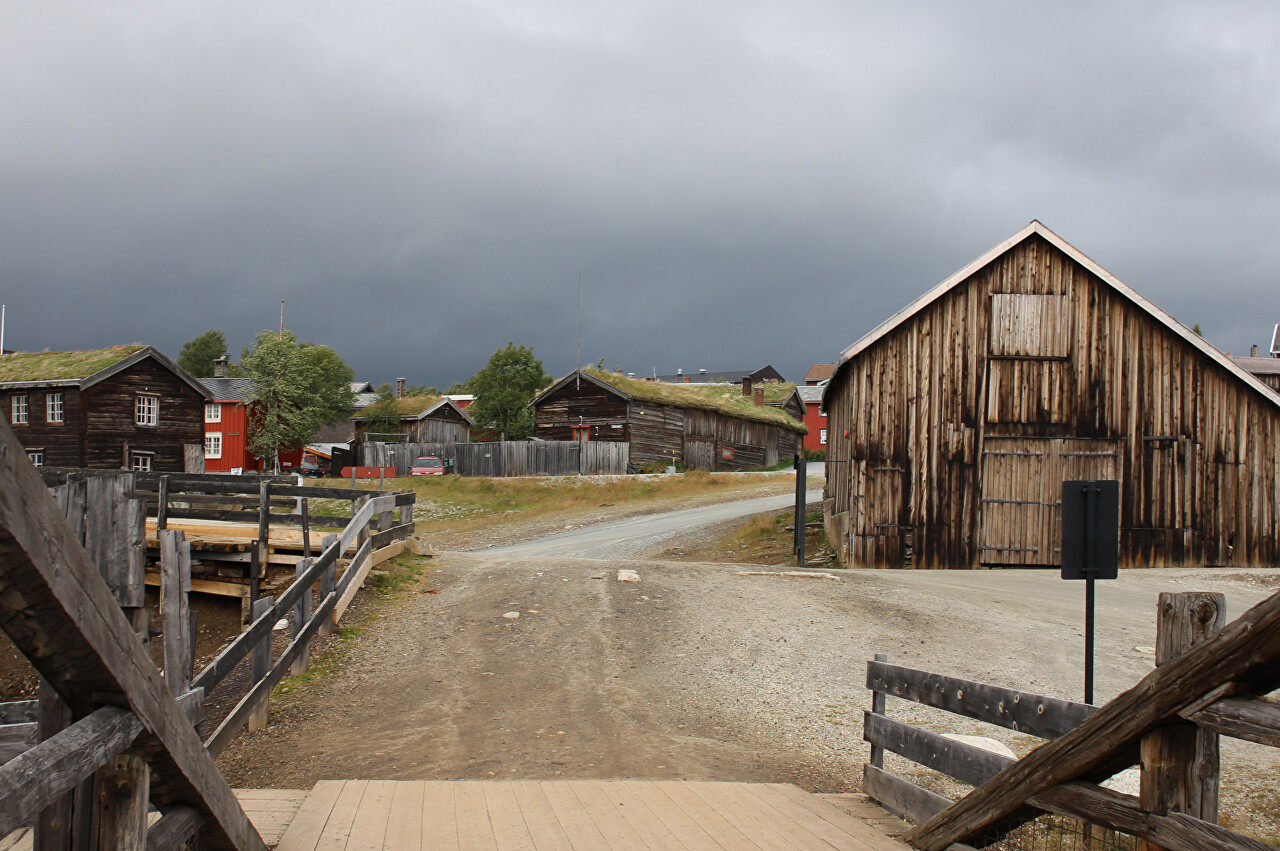
In 1678, Røros was completely burned down by the Swedish army and rebuilt. Since that time, the appearance of the town has not changed much. In 1980, the city was included in the UNESCO World Heritage List.
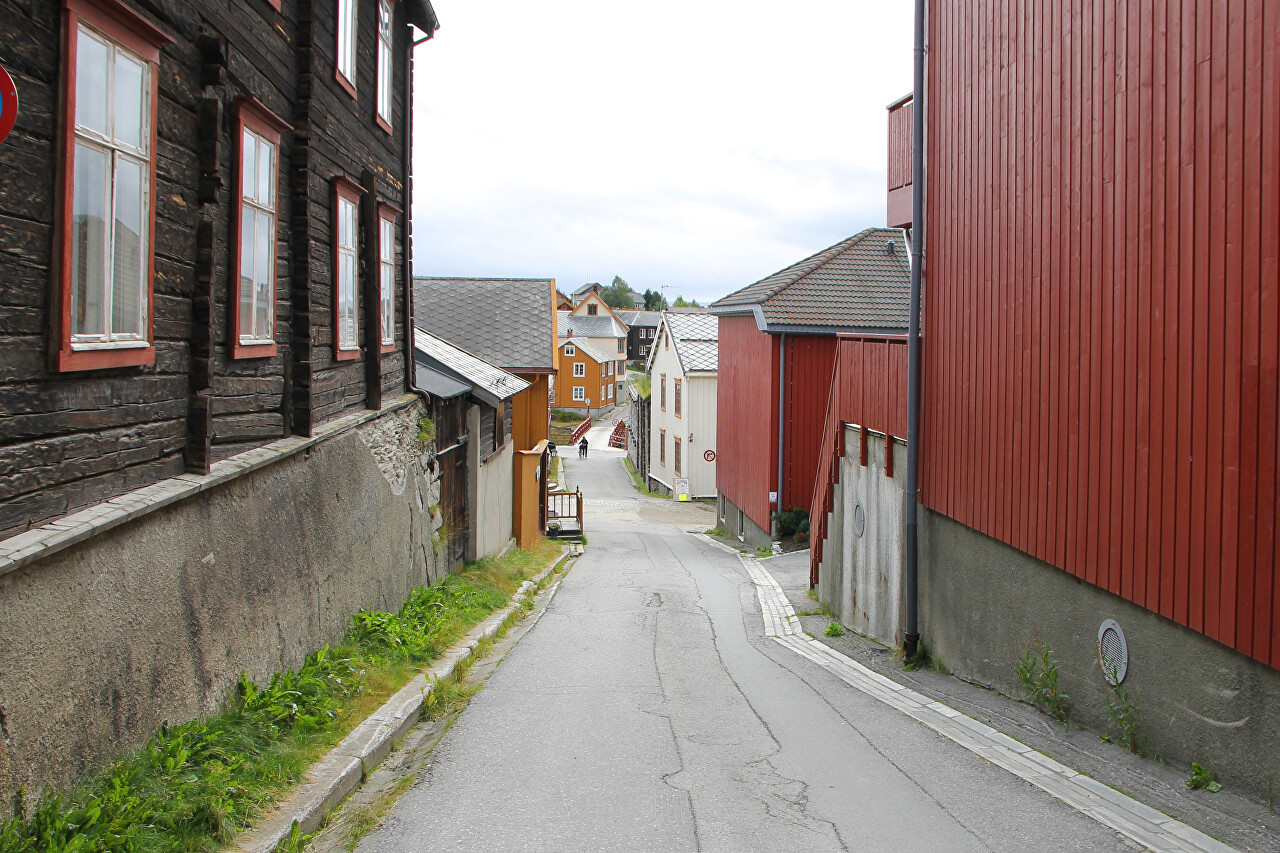
The city has about a hundred buildings built in the 17th and 18th centuries, which are carefully preserved in their original form, each wooden house is under state protection.
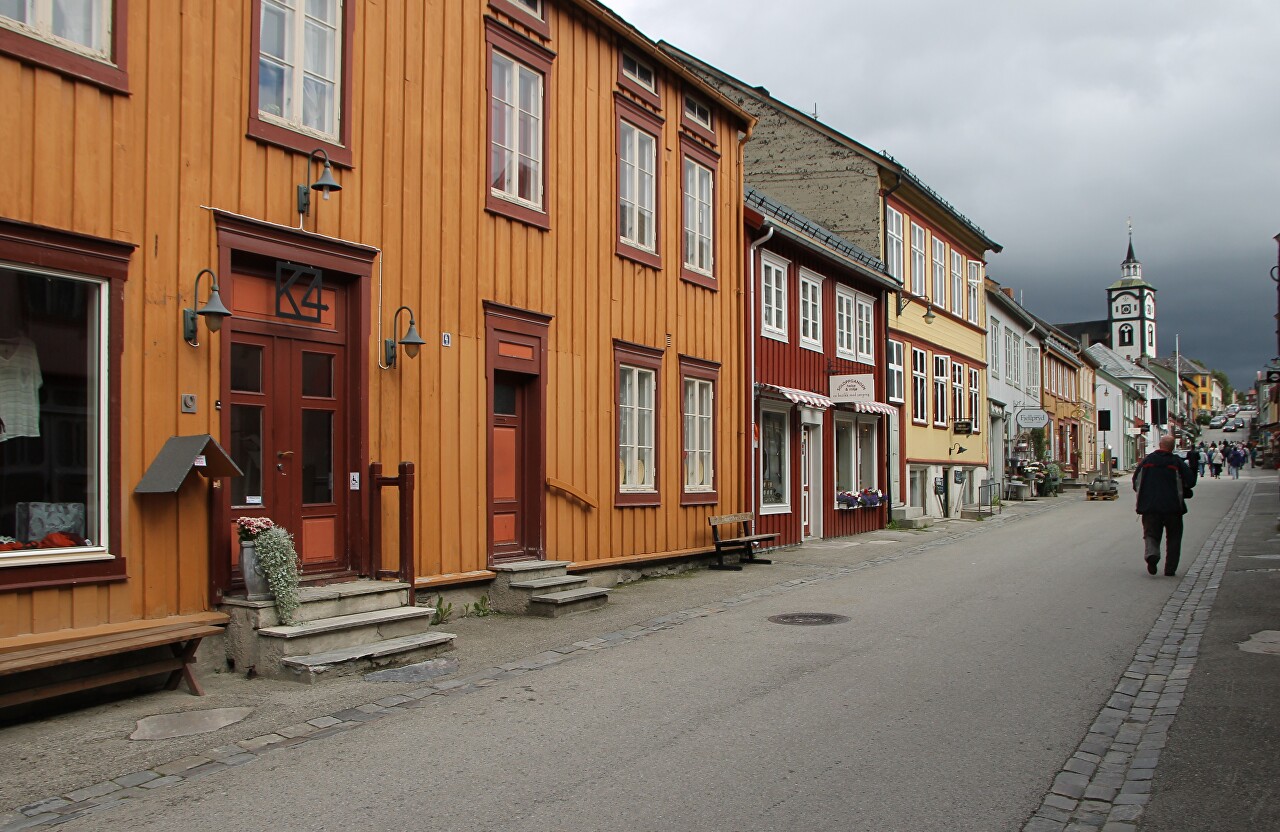
Building owners are not only prohibited from making any alterations or alterations, and even driving in a nail requires permission from the supervisory authorities.
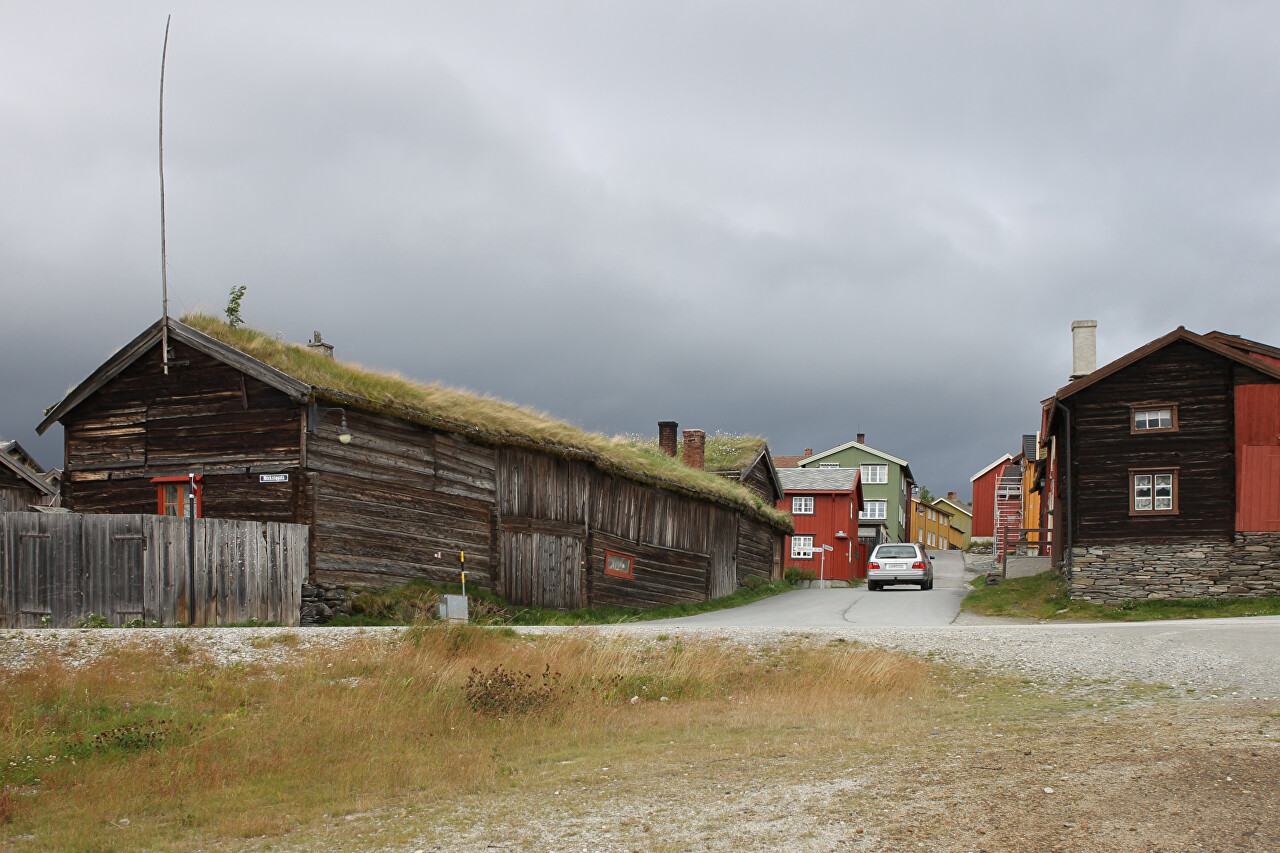
Wooden houses for two or three hundred years have become flammable, like gunpowder, so they are literally stuffed with modern alarm and fire extinguishing systems.
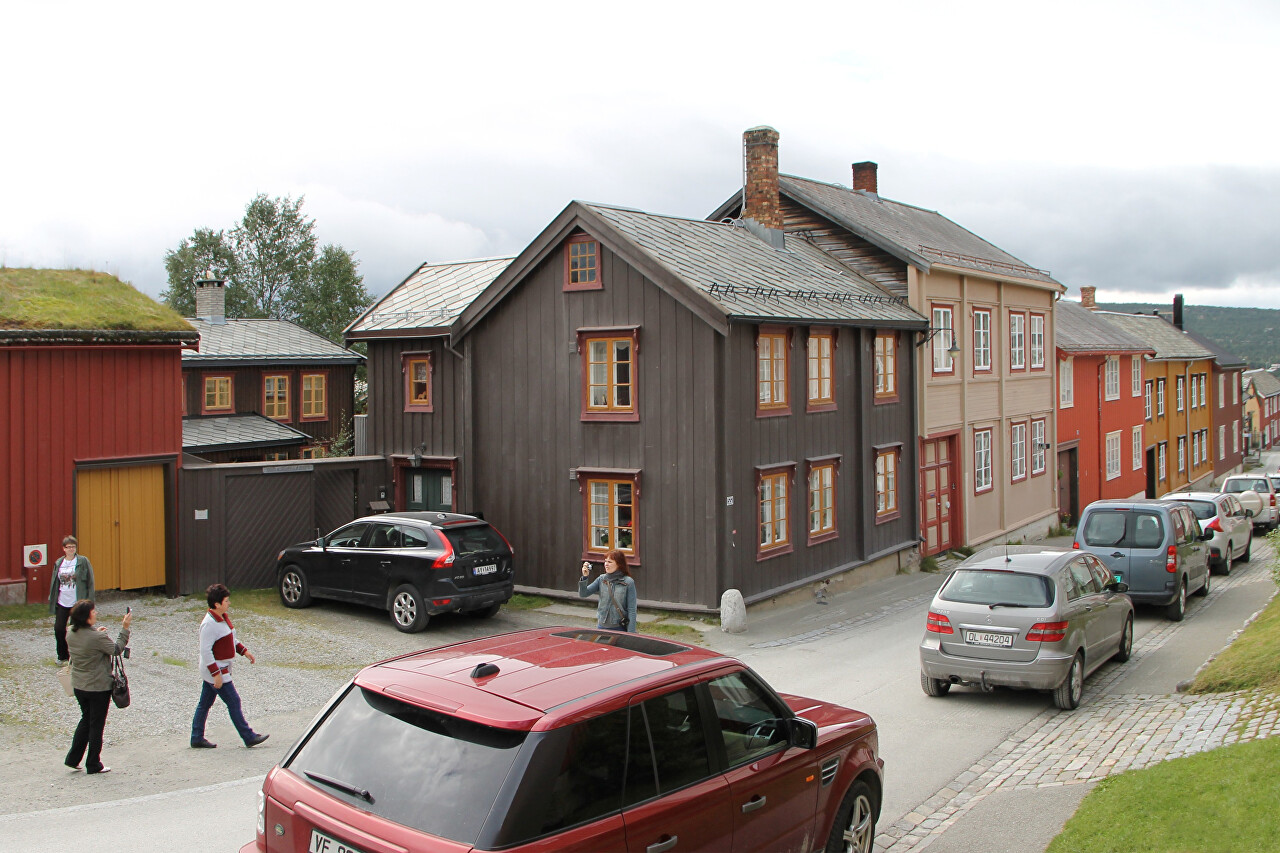
On the bell tower of the city church (Mountain Cathedral), a thermal imaging system is installed that responds to the slightest changes in the temperature of objects.
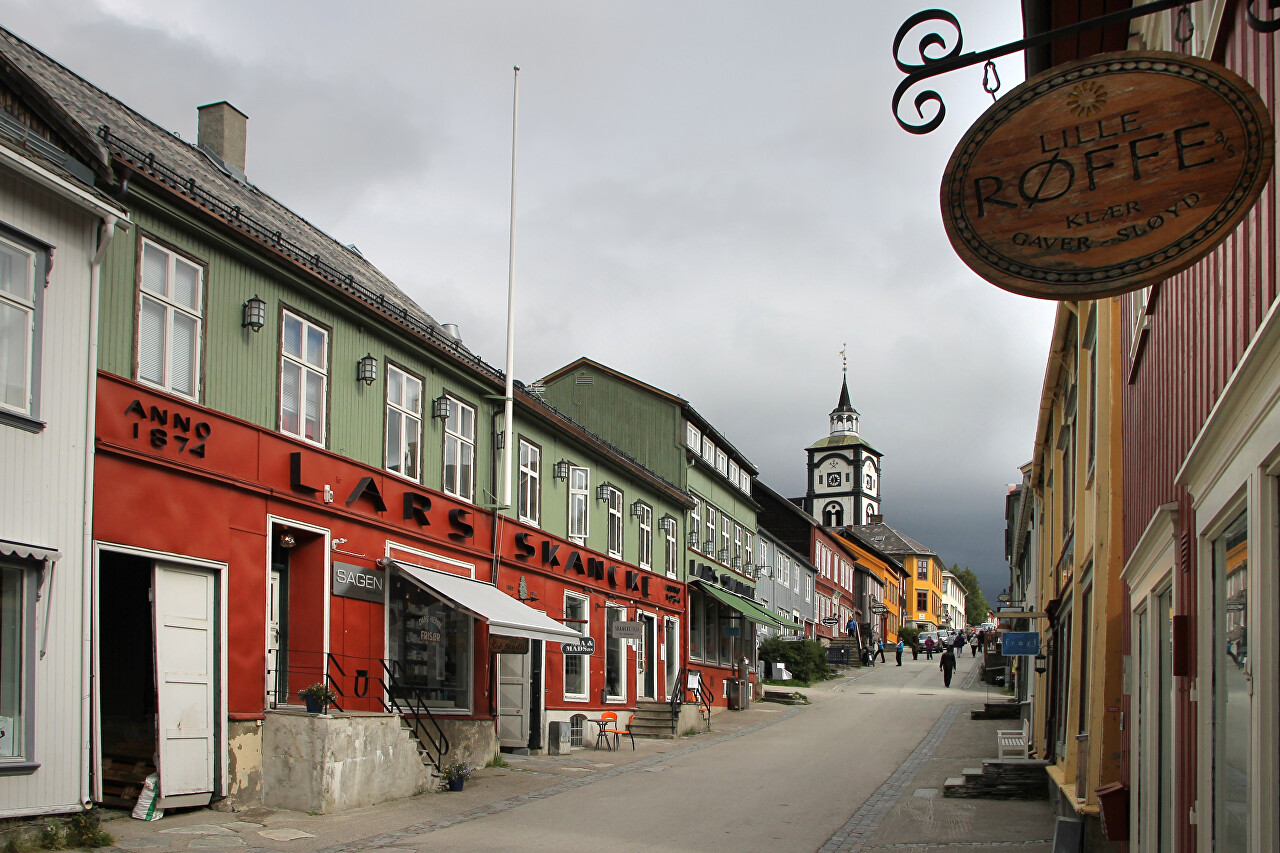
Now the city's industry is far from metallurgy, there are high-tech enterprises for the production of automotive electronics and alarm systems.
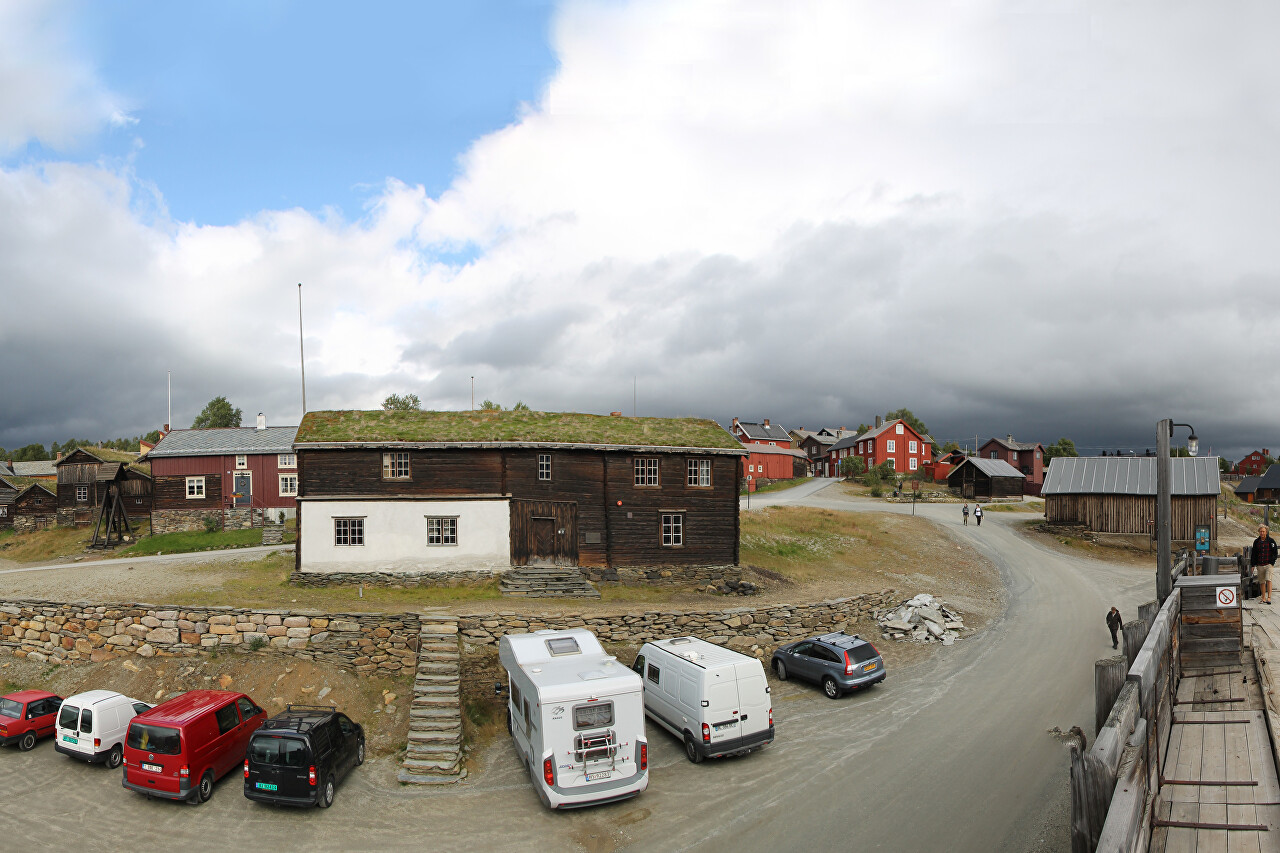
Processing of agricultural products is also well developed, and local dairy products have their own brand Rørosmeieriet.
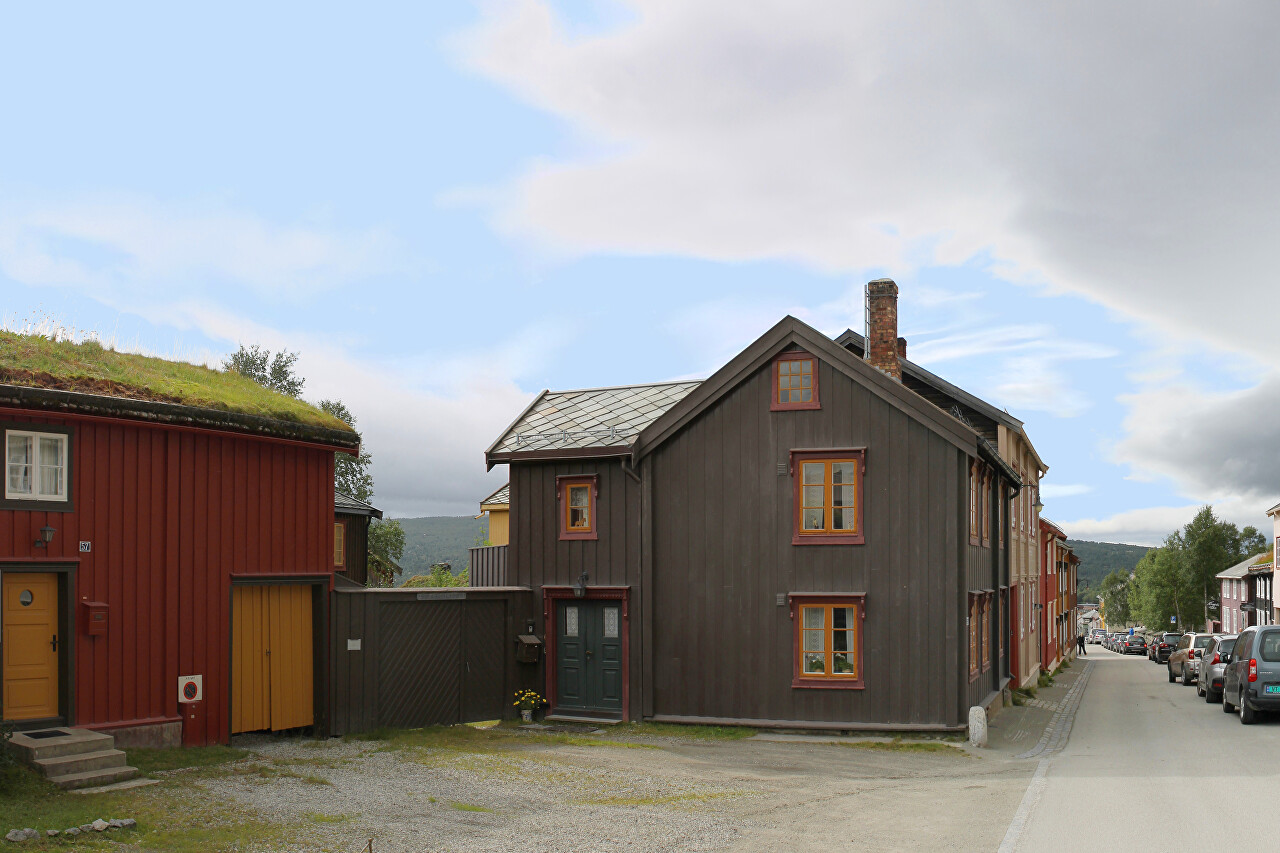
Over a million tourists visit Røros every year, which is a significant part of the municipality's economy. On the territory of the hotel guests are offered more than three and a half thousand hotel rooms, including for ecological recreation.
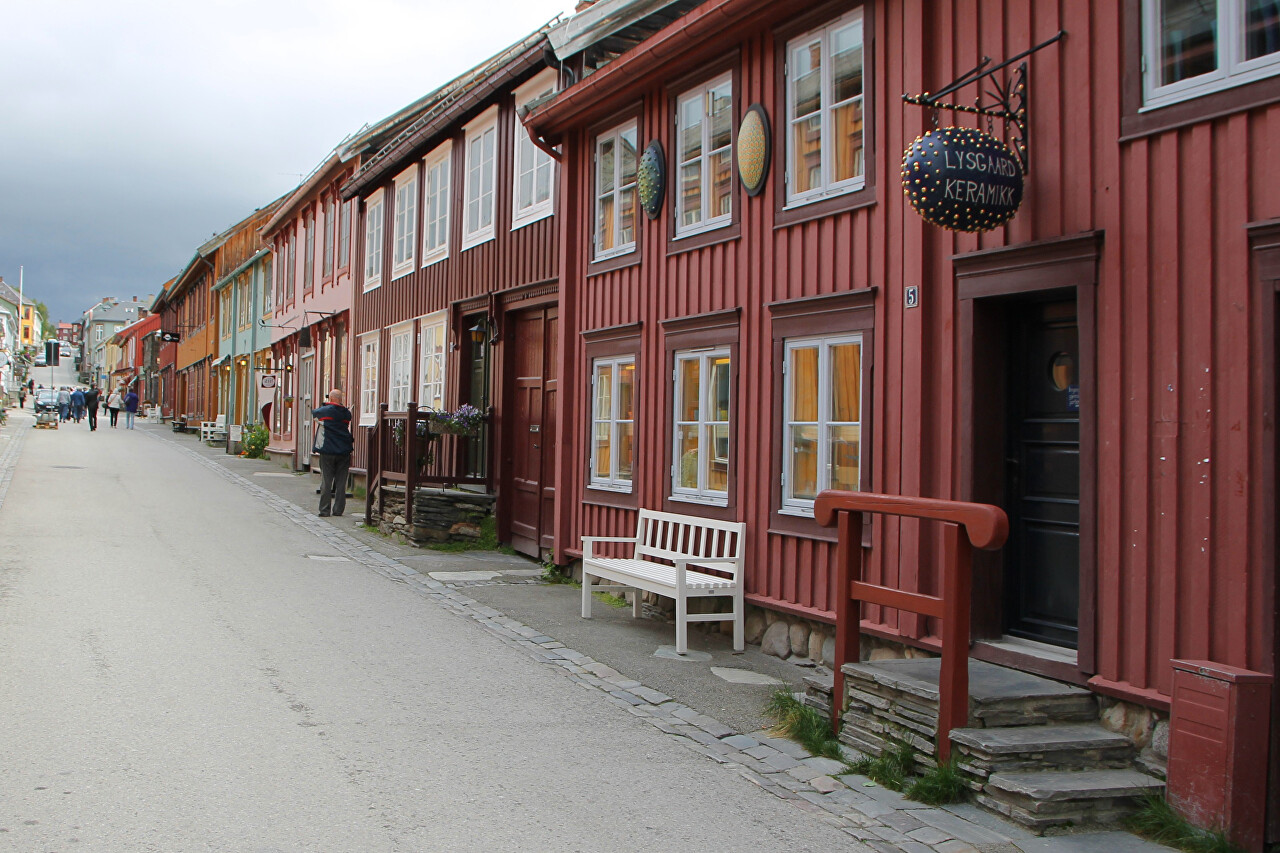
Every year, on the last Tuesday of February, the Rørosmartnan winter fair opens in Rørus, attracting up to 75,000 visitors in five days. Here you can buy farm products and handicrafts.
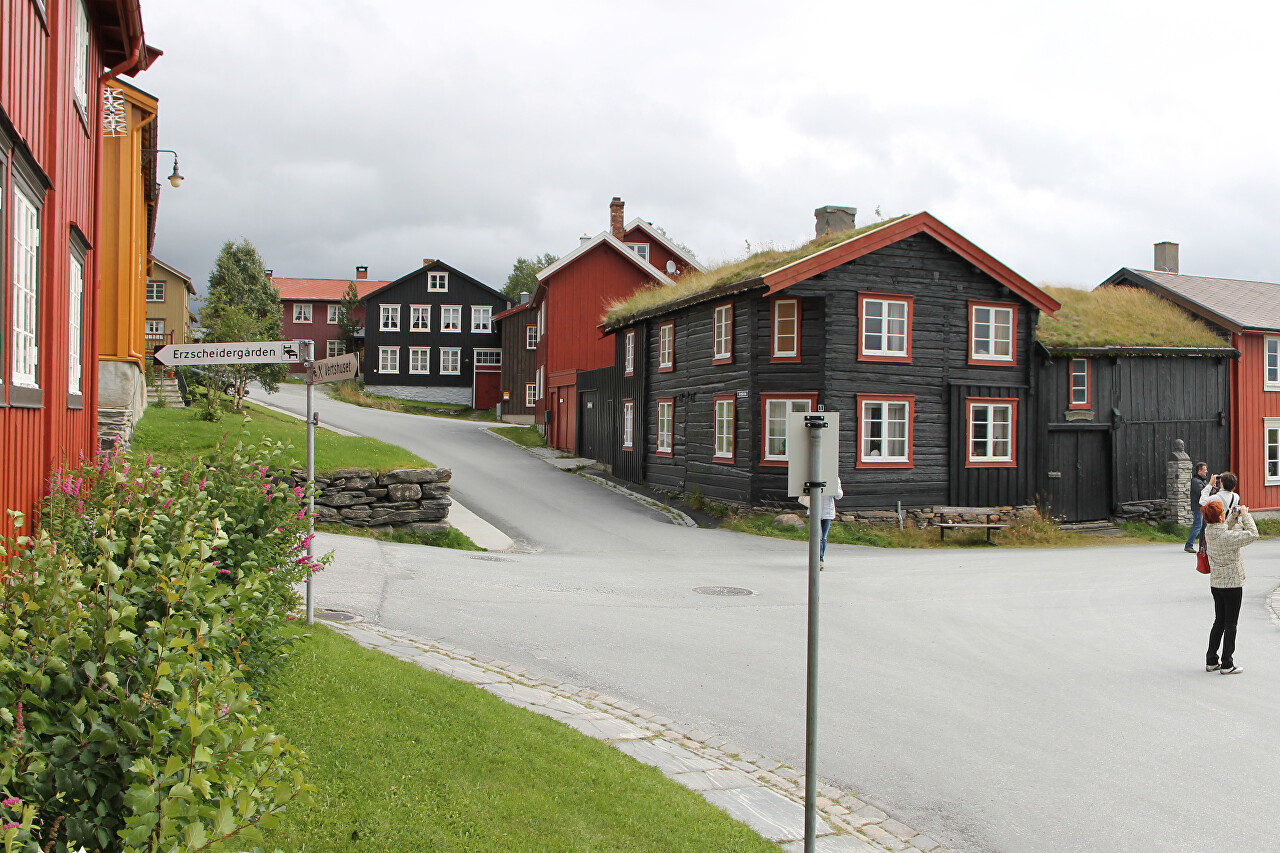
In March, it hosts the Vinterfestspill i Bergstaden chamber music festival. In summer, football fans gather for the annual Bergstadcupen tournament. At the end of July, the Elden theater Week takes place in Røros, where many celebrities take part in open-air performances. The Christmas Market completes the calendar of events.
